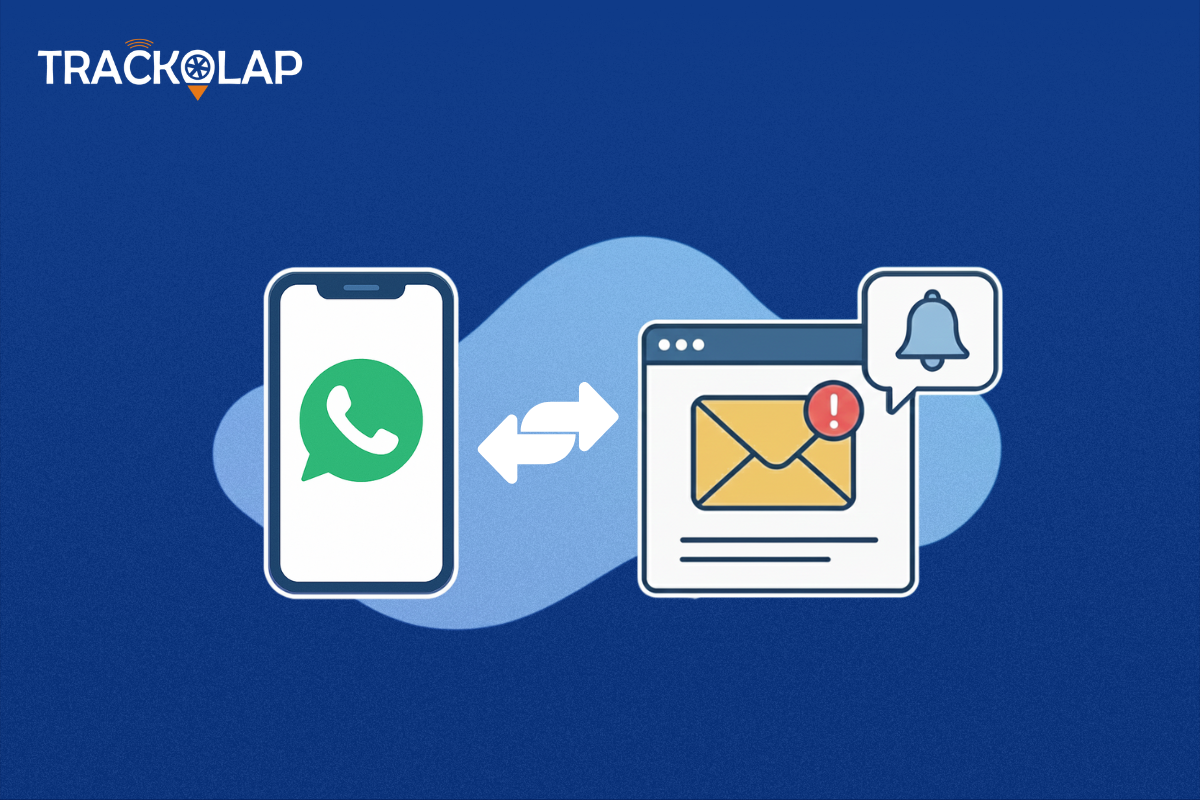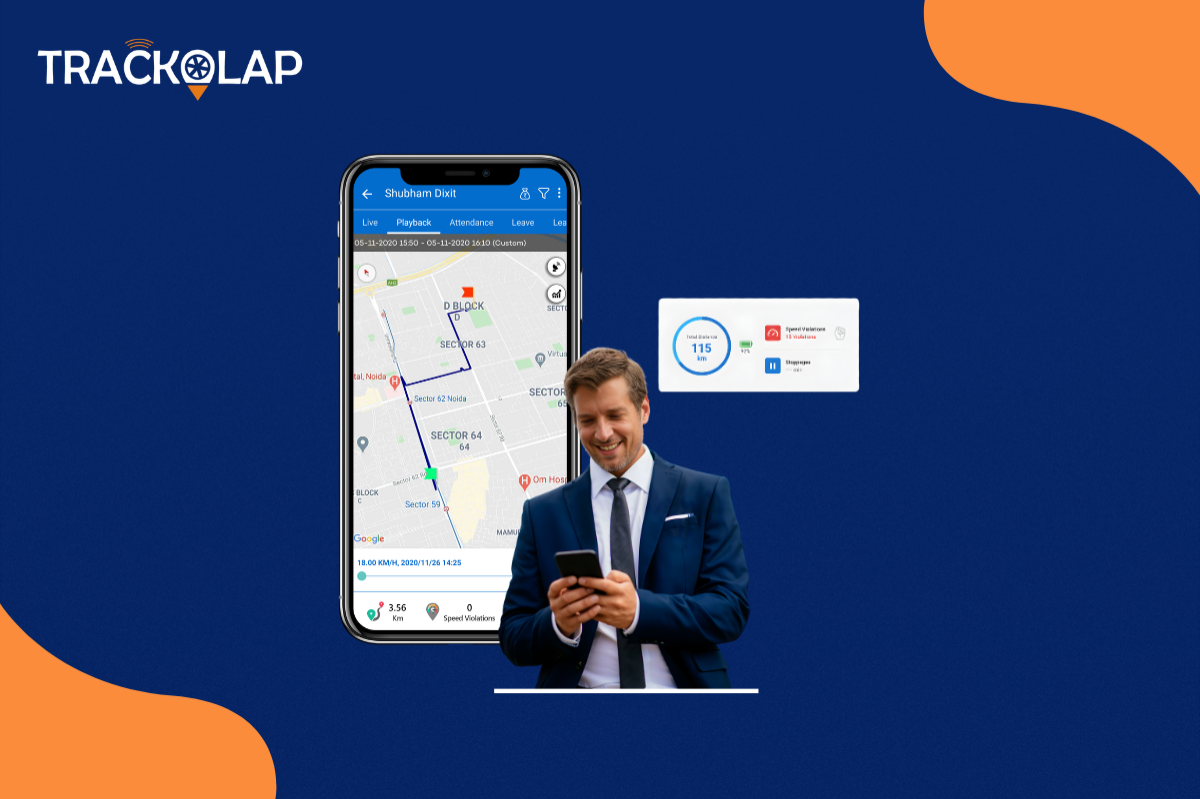
How to Drive Profit Within Sales Target Using Expense Management System?
Keeping expenses within a sales target usually demands balancing ways to increase revenues and ways to control spending. From that perspective, a centralized expense management system could allow a company to monitor, control, and essentially align its overall spending to the sales targets set. Field teams can benefit from improved financial transparency, automatic expense routing, sound policy enforcement, and immediate insight through this technology.
Expense management software enables organizations to keep unnecessary costs off their books and accelerate reimbursement and expense reporting processes. An organization thus uses the software to track those spending patterns that waste time and drain crucial revenue, thereby maximizing the implementation of productive measures for sales activities. This is strong cost control with a high ROI potential on sales activities.
An expense management app cultivates a culture of cost oversight and accountability among the field teams. It allows them to plan and work within the sales targets assigned to them while supporting their decisions through data and insights. Furthermore, it turns cost control into a competitive edge that further spurs revenue generation.
Why Does Your Business Need Expense Management App?
To meet sales targets, companies need to have an expense management system. The expense management tool helps maintain cost control with visibility across all operations, easing the process of making financial decisions backed by data.
Let’s determine the main benefits of expense reporting software and understand how they support sales teams in aiming for their targets.
1. Provides Financial Visibility in Real Time
An expense management app provides a real-time view of the expenses made for various tasks. This visibility aids in the preparation of reports with customized and dictatorial backup and in forecasting future expenditure needs in areas of field sales activities.
It helps businesses plan better toward accomplishing sales targets , adjust cash flow strategies accordingly, and maintain financial data at one place to make wise decisions on resource allocation.
2. Enables Compliance with Financial Policies
Another key area is ensuring the compliance of internal expense policies, especially for sectors with strict compliance requirements. Automating the expense management system enforces these policies by rejecting any non-compliant expenses or placing pre-set ceiling limits on expenses from the sales divisions.
This reduces risks and potential penalties and helps maintain the organization's integrity, while also providing decision-makers easy access to insights on expenses' tendencies.
3. Fosters Strategic Financial Decision-Making
TrackOlap’s expense-management tool gives data-driven insights for strategic planning. It helps analyze trends and purchasing behaviour across field teams while aligning resources with long-term sales objectives.
The software ensures that sales leaders are making informed decisions that drive improved sales opportunities, whether forecasting field sales expenses, reallocating resources, or calculating profitability.
4. Improves Detecting Potential Frauds
A centralized expense management system ensures better compliance and lowers risk. Expenses can be tracked in real time, and automated approval workflows drastically reduce illicit claims, money fraud, and errors.
This weighs all to the financial integrity of your company with simplified audits and regulatory reportings, whereas the field team may then be geared to target-oriented outcomes.
5. Enhances Operational Efficiency
Tracking an expense manually is quite time-consuming and prone to errors. An automated system cuts across several levels of processing requests for reimbursements, flows of approval, categorization of expenses, and even report generation.
Days of processing delays and inaccuracies make field employees more engaged with their sales goals and less with paperwork.
7 Ways to Drive Profitability Within Sales Target Through Expense Management System
Managing expenses is a necessary task to yield maximum profitability when confronted with set sales targets. Expense management gives one the chance to track, control, and optimize expenses without impacting sales operations. Tasks done by automation and visibility, better decisions can be achieved by companies.
Here are 7 practical ways to increase profitability while staying within your sales target.
1. Automate Expense Tracking
Manual tracking increases errors and gives rise to unnoticed costs being billed toward sales results. Expense management automates tracking, adding instant access to categorized data for sales teams that can indicate overspending or provide observations to act upon.
With AI-powered analytics, companies identify unusual trends, prevent duplicate claims, and control expenditures in alignment with sales targets, ensuring that funds are channelled to initiatives to ensure results.
2. Improve Your Sales Target Forecasting
Tracking sales targets through traditional methods often ends up with outdated data feeding into the pro forma projections. Expense management software, on the other hand, uses real-time data, applying predictive analytics to enhance field sales forecasting.
This aids in preparing for cost points, seasonal shifts, and resource demands, enabling one to make timely and exact adjustments so that the efforts continue to be on course with sales targets.
3. Strategically Reduce Unapproved Spending
Unapproved spending can very quickly put a roadblock in the way of actual sales performance. Expense management systems allow approval workflows to be enforced, and non-compliant claims flagged before escalation.
With the rules configured in the system, teams will operate within their specified financial parameters, thereby preventing any leaks of revenue and orienting the funds into high-priority areas that act as incentives for hitting their sales targets.
4. Speed Up Field Sales Reimbursements
Reimbursement delays easily cause demotivation and bring down field efficiency. Automating reimbursements, in contrast, ensures faster approvals and payments, thus improving morale and productivity.
With timely reimbursement in place, uninterrupted field execution becomes reasonable, a factor that would help employees concentrate on conversions and meeting sales targets instead of worrying about finances.
5. Identify Cost-Saving Opportunities
With AI-powered analysis, companies can uncover hidden inefficiencies and opportunities for cost savings in real time. By studying expense patterns, organizations can remove waste without impeding sales efforts.
Identifying overspending before it becomes critical allows for redirecting resources to more productive ventures so that financial discipline is maintained, all while chasing highly ambitious sales goals.
6. Set Relevant Spending Limits
In a traditional budgeting scheme, the erratic changes in sales performance often have no reflection. Some expense software will allow one to set flexible limits contingent upon key performance indicators (KPIs); for example, if a team works past its monthly target, it can divert some of the additional revenue for incentive-related expenses or marketing pushes. With such agility in place, expenses can scale with performance and hence keep growth in check toward broader sales targets.
7. Recognize Low-ROI Sales Activities
All sales activities are not on equal returns. Expense management software tracks the costs and benefits of lead generation, events, or campaigns.
Based on cost vs. return, companies can eliminate low-ROI activities and increase their investments in profit ensuring that every rupee spent on sales empowers actual sales growth.
Final Takeaway!
An expense management system gives an organization the control it needs over costs to meet sales targets through enhanced transparency and eliminating waste. This helps with adapting to changing goals, aligning expenses with performance, and maximizing ROI.
In the end, expense management automation makes for a financially accountable culture and equips its field teams to make informed and directed decisions. Meaning that as companies roll their sales operations, adventurous reports with credible insights will maintain good profit margins.
Are you interested in learning more ? Engage with the experts and learn how TrackOlap's cutting-edge expense management system can partner with you in hyper-performing sales teams within targets.
Frequently Asked Questions (FAQs)
1. What is expense management software for sales teams?
Expense management software helps automate the process of tracking, submitting, approving, and analyzing expenses incurred by sales teams—especially those in the field.
2. How does expense tracking impact sales profitability?
By controlling unnecessary spending, eliminating fraudulent claims, and ensuring faster reimbursements, businesses can improve financial accuracy and reduce overhead, directly impacting profit margins.
3. What features should I look for in sales-specific expense software?
Key features include real-time expense logging, receipt uploads, mileage tracking, policy enforcement, multi-level approvals, mobile access, and integration with payroll or accounting tools.
4. Can this software reduce fake or inflated claims?
Yes. Features like geo-tagging, real-time data capture, and automated policy checks prevent submission of fake bills or exaggerated travel expenses.
5. How does it simplify reimbursements for field sales agents?
Sales reps can upload receipts on-the-go, track their claim status, and receive reimbursements faster—reducing delays and improving morale.
6. Is the software mobile-friendly for on-field teams?
Absolutely. Solutions like TrackOlap provide Android and iOS apps, allowing sales teams to submit and manage expenses from anywhere in real time.
7. Can it generate reports to analyze team spending?
Yes. Managers get access to visual reports and dashboards that show expense trends by category, person, location, or time period—helping in strategic cost control.
8. Will it integrate with CRM or ERP systems?
Yes. TrackOlap's expense management module integrates easily with CRMs, payroll systems, and ERPs for a seamless flow of financial and employee data.
9. Is this software beneficial for small and mid-sized businesses?
Definitely. SMBs can gain better cost visibility, reduce manual errors, and scale operations with minimal admin work by using an automated expense solution.
10. How can I get started with TrackOlap’s Expense Management Software?
You can request a free demo at TrackOlap’s website. Their team will assist with configuration, customization, and onboarding for your sales team.






























 Back to Blogs
Back to Blogs










 D-5 Sector-59, Noida, Uttar Pradesh (India)
D-5 Sector-59, Noida, Uttar Pradesh (India) contactus@trackolap.com
contactus@trackolap.com 7011494501
7011494501










